 W
WThe 20 Hunchakian gallows is the common name for the group of Hunchakian activists who were hanged in the Sultan Beyazıt Square of Constantinople on June 15, 1915 during the Armenian genocide.
 W
WAram Achekbashian was an Armenian politician who became a member of Social-Democrat Hunchakian Party Central Committee in 1903.
 W
WThe deportation of Armenian intellectuals is conventionally held to mark the beginning of the Armenian genocide. Leaders of the Armenian community in the Ottoman capital of Constantinople, and later other locations, were arrested and moved to two holding centers near Angora. The order to do so was given by Minister of the Interior Talaat Pasha on 24 April 1915. On that night, the first wave of 235 to 270 Armenian intellectuals of Constantinople were arrested. With the adoption of the Tehcir Law on 29 May 1915, these detainees were later relocated within the Ottoman Empire; most of them were ultimately killed. More than 80 such as Vrtanes Papazian, Aram Andonian, and Komitas survived.
 W
WMari Beyleryan was an Armenian feminist activist, writer, and public figure and a victim of the Armenian genocide.
 W
WHampartsoum Boyadjian, also known by his noms de guerre Murad and sometimes Medzn Murad, was an Armenian fedayi and a leading political activist of the Hunchak party.
 W
WDikran Chögürian was an ethnic Armenian writer and teacher, editor of the journal Vostan (Ոստան) and a victim of the Armenian genocide.
 W
WNazaret Daghavarian was an Ottoman Armenian doctor, agronomist and public activist, and one of the founders of the Armenian General Benevolent Union (AGBU). He was an author of scientific works on medicine, religion and history.
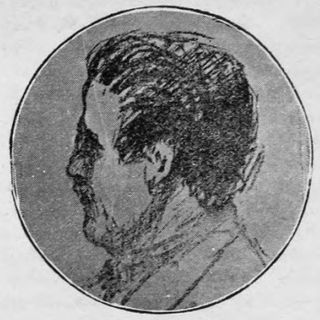 W
WArmen Dorian was a renowned Armenian poet, teacher, and editor who lived in the Ottoman Empire. He studied at the Sorbonne University in Paris, France. He wrote poetry in French and Armenian. In 1915, Dorian was arrested and killed during the Armenian genocide at the age of 23.
 W
WErukhan was the pen name for Yervant Srmakeshkhanlian, was an Armenian writer of the late 19th and early 20th century. He was arrested, tortured, and killed by the Turkish authorities during the Armenian genocide.
 W
WParunak Ferukhan was a famed violinist, officer in the Finance Ministry and Official of the Bakırköy (Makriköy) administration. He was a victim of the Armenian genocide.
 W
WMelkon Hrand Guirdjian was a renowned Armenian writer, professor, and civic activist.
 W
WArmenag Haigazian, an Armenian theologian, educator, scientist, linguist and musician, regarded as “the most prominent Armenian educator in the Near East” by The New York Times, was born to Harutune Haigazian and Mary Tavonkian on September 22, 1870 in Hadjin, Cilicia.
 W
WArdashes Harutiunian was an Ottoman Armenian poet, a self-educated translator from French and literary critic, who became one of the most outstanding intellectuals of his period.
 W
WIshkhan, born Nikoghayos Mikayelian, and also known as Nigol, was an Armenian fedayi, a member of the Armenian Revolutionary Federation. Along with Aram Manukian and Arshak Vramian, he was a leading figure in Van just before and during the early stages of World War I. He was killed on 17 April 1915 just before the Turks besieged Van.
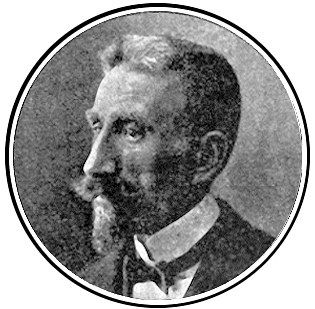 W
WHarutiun Jangülian was an Armenian historian, political activist, and member of the Armenian National Assembly. He was especially known for his involvement in the Kum Kapu demonstration. He spent six years imprisoned in exile. He returned to Constantinople and continued his political activity after his release. Jangülian was arrested on 24 April 1915, at the beginning of the Armenian genocide, deported, and ultimately executed.
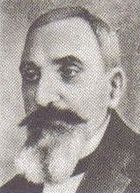 W
WDiran Kelekian was an Ottoman Armenian journalist and professor at the Darülfünûn-u Şahâne. He was editor of two newspapers, Cihan and Sabah.
 W
WKarekin Khajag was an Armenian journalist, writer, political activist and educator. A member of the Armenian Revolutionary Federation, Khajag traveled around the world to help support revolutionary activity. During his life, Khajag was imprisoned four times. He became a professor and a principal in several Armenian schools throughout the region. In 1915, Karekin Khajag was arrested and subsequently killed during the Armenian genocide.
 W
WShavarsh Krissian was an athlete, writer, publicist, journalist, educator, and editor of Marmnamarz, the first sports magazine of the Ottoman Empire. He is considered one of the founders of the Armenian Olympics and the Homenetmen Armenian sports organization. He was a victim of the Armenian genocide.
 W
WLevon Larents (Kirisciyan) was an Armenian writer, translator, journalist, editor, novelist, poet, and teacher. He was an editor of many newspapers around the world and the founder of many others. During the Armenian genocide, Larents was deported to Ankara and then killed.
 W
WIgnatius Shoukrallah Maloyan, was the Armenian Catholic Archbishop of Mardin between 1911 and 1915. He is venerated with the title Blessed in the Catholic Church.
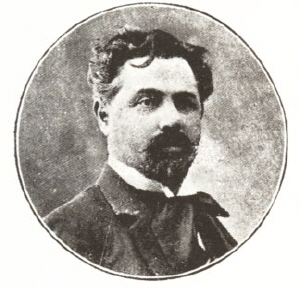 W
WKhachatur Malumian, also known as Edgar Aknuni was an Armenian journalist and political activist.
 W
WSarkis Minassian, also known as Aram Ashod, was an Armenian journalist, writer, political activist, and educator. He became the chief editor of the newspaper Hairenik in Watertown, Massachusetts. After returning to the Ottoman Empire in 1909, Minassian continued writing in various journals in the city. In 1915, Sarkis Minassian was killed during the Armenian genocide.
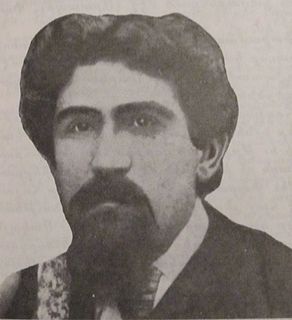 W
WParamaz, born Matteos Sarkissian, was an Armenian fedayee, freedom fighter, writer and political activist.
 W
WKegham Parseghian, was an Armenian writer, teacher, editor, and journalist.
 W
WSmpad Piurad was an Armenian intellectual, writer and public activist. He was murdered during the Armenian genocide.
 W
WJacques or Jack Sayabalian (Paylag) was an Armenian writer and poet who was also an interpreter for the British Consul in Konya between 1904 and 1909, then vice-consul for a year and a half. He was also a member of the Armenian National Assembly representing his birthplace of Konya. After 1909, he became a journalist in Constantinople. During the Armenian genocide, Sayabalian was deported to Ankara and then killed.
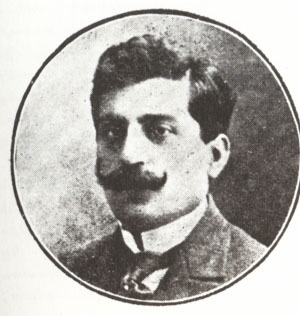 W
WVartkes Serengülian, was an Ottoman Armenian political and social activist, and a member of Ottoman Parliament.
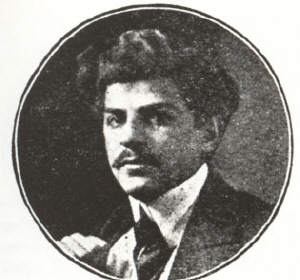 W
WRupen Chilingiryan (Sevag) was an Armenian poet, prose-writer, and doctor.
 W
WParsegh Shahbaz was an Ottoman Armenian lawyer, political activist, journalist, and columnist. He was a member of the Armenian Revolutionary Federation. During the Armenian genocide, Shahbaz was deported to Çankırı and then Harput where he was killed.
 W
WYenovk Shahen was an Armenian actor and director who lived in the Ottoman Empire. He was killed during the Armenian genocide.
 W
WHarutiun Shahrigian was an Armenian politician, soldier, lawyer, and author.
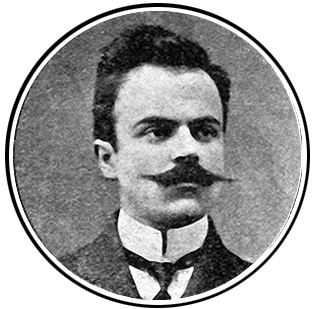 W
WHagop Terzian was an Armenian writer and pharmacist who lived in the Ottoman Empire. The theme of much of his writings was Armenian life and heritage in the region of Cilicia. He published a five volume eye-witness account of the Adana massacre. This publication was confiscated by Ottoman authorities but has been preserved. The entire work was republished by the Gomidas Institute in 2009. Terzian was arrested on 24 April 1915 at the start of the Armenian genocide, deported and eventually murdered.
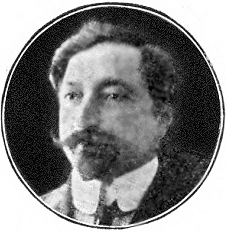 W
WHaig (Hrach) Tiriakian (1871–1915) was an Ottoman Armenian politician and a member of the Armenian National Assembly. Tiriakian played an important role during the Ottoman Bank takeover in 1896. A member of the Armenian Revolutionary Federation, Tiriakian lead an active life in Armenian politic affairs. He was killed during the Armenian genocide in 1915.
 W
WTlgadintsi or Tlkatintsi, Hovhannes Harutiunian was an Ottoman Armenian writer and teacher noted for his leading role in rural literature. He is credited with giving the first authoritative response to a call from Constantinople's Armenian intelligentsia, issued in the early 1890s, for writing firmly rooted in the village life of historic Western Armenia. Tlgadintsi's unique realist works range from probing the darkest corners of village life to revisiting cherished moments of childhood. Through his esteem as a mentor and his power as a writer he opened the way for a new generation of important writers such as Rupen Zartarian, Peniamin Noorigian, Vahé Haig, Vahan Totovents, Hamasdegh, and others.
 W
WKrikor Torosian was an Armenian satirical writer, journalist, and publisher. He started his own satirical journal entitled Gigo, which became popular among the Armenians in Constantinople. He is also known for writing an illustrative encyclopedia. He was a victim of the Armenian genocide.
 W
WKegham Vanigian, also known as "Vanig," was an Armenian political activist and newspaper editor. Vanigian is best remembered as the founder of the socialist monthly Gaidz of the Hnchak party. Vanigian was executed by the Turkish government for his political activities in 1915 during the Armenian genocide.
 W
WDaniel Varoujan was an Armenian poet of the early 20th century. At the age of 31, when he was reaching international stature, he was deported and murdered by the Young Turk government, as part of the officially planned and executed Armenian genocide.
 W
WRupen Zartarian or Ruben Zardaryan was an Armenian writer, educator, and political activist. He was killed by Ottoman authorities during the Armenian genocide.
 W
WKrikor Zohrab was an influential Armenian writer, politician, and lawyer from Constantinople. At the onset of the Armenian genocide he was arrested by the Turkish government and sent to appear before a military court in Diyarbakır. En route, at a locality called Karaköprü or Şeytanderesi on the outskirts of Urfa, he was murdered by a band of known brigands under the leadership of Çerkez Ahmet, Halil and Nazım some time between 15 July and 20 July 1915